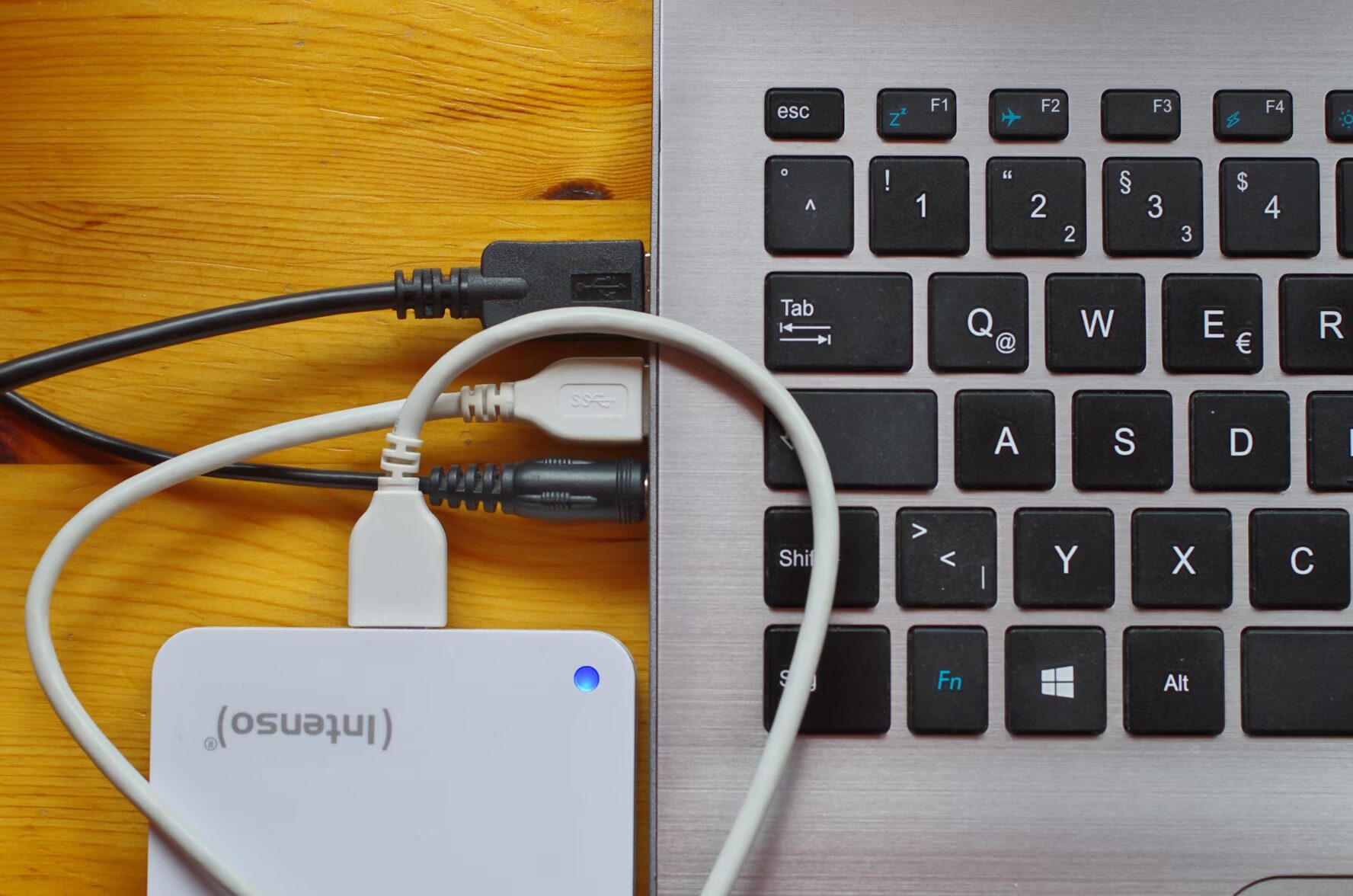In the ever-evolving technological world, online and device security is perhaps more important than ever before. And whilst traditional security methods are popular for a reason, others are looking to more advanced innovations for additional layers of protection. So let’s take a look at quantum random number generators (QRNGs) and which variants can be utilized for improving laptop security.
What are QRNGs?
RNGs can be roughly divided into two categories – hardware-based physical entropy true RNGs (TRNGs) and software-based algorithm pseudo-RNGs (PRNGs). Put simply, both kinds of RNGs can generate a random string of non-sequential letters, numbers, or characters.
Perhaps one of the most recognizable applications of PRNGs is within the iGaming sector. These algorithms are a core element of programming online slot games, as they transpose the contextual element of luck into a digital setting. For example, when slot enthusiasts play Gem Heat slot game they will find that symbols like 7s, horseshoes, and gold bars fall onto the four reels in an entirely random manner. This is because RNGs are used to determine what icons fall onto the reels, when, and in what order, consequently ensuring that the gameplay and bonus game activation are fair and immersive for all players.
On the other hand, TRNGs are often used in more sensitive sectors, such as security and cryptography. Of these, QRNGs are probably the most popular. LEDs are shone into the device, where, using the duality of quantum physics, the light is simultaneously reflected and refracted until it is eventually picked up at the back of the device. The position in which the light hits the back sensors generates the random numbers, otherwise known as random bits. These random bits can then be used in a wide variety of cryptographic applications, and are beginning to become increasingly popular as an additional security layer for laptop users.
With this in mind, let’s jump into two varieties of QRNG devices that can bolster laptop security – QRNG chips and USBs.
Embedded QRNG Chips
Traditionally, QRNGs can be quite bulky. However, after lots of innovation, they can now function within the confines of a computer chip. For example, Toshiba Europe’s QRNG measures 6x6mm2 and yet is capable of generating random numbers at a speed of 2 Gbit s-1.
Whilst, currently at least, QRNG chips do not come pre-embedded in the average laptop, they can easily be added in by a tech enthusiast to improve security. In addition, Samsung recently announced that it will be embedding QRNG security chips in their smartphones, starting with the Galaxy Quantum 5, so laptops may be the next step.
USB QRNG Plug-Ins
If embedding a QRNG chip seems a bit too technical, another option is a QRNG USB module. These devices can be plugged into any laptop with a USB port, in the same way you would connect an external storage drive.
These devices also work in conjunction with a software and various drivers for live monitoring and failure detection purposes. The external device can have entropy speeds of around 4Mbps. And, whilst they can be more bulky than a QRNG chip, they can also be removed, plugged in, or scaled at any time for added flexibility.
And there you have it – all the basics you need to know about how QRNGs work, their applications, and two of the popular ways that QRNGs can be used to improve the security of your laptop.






